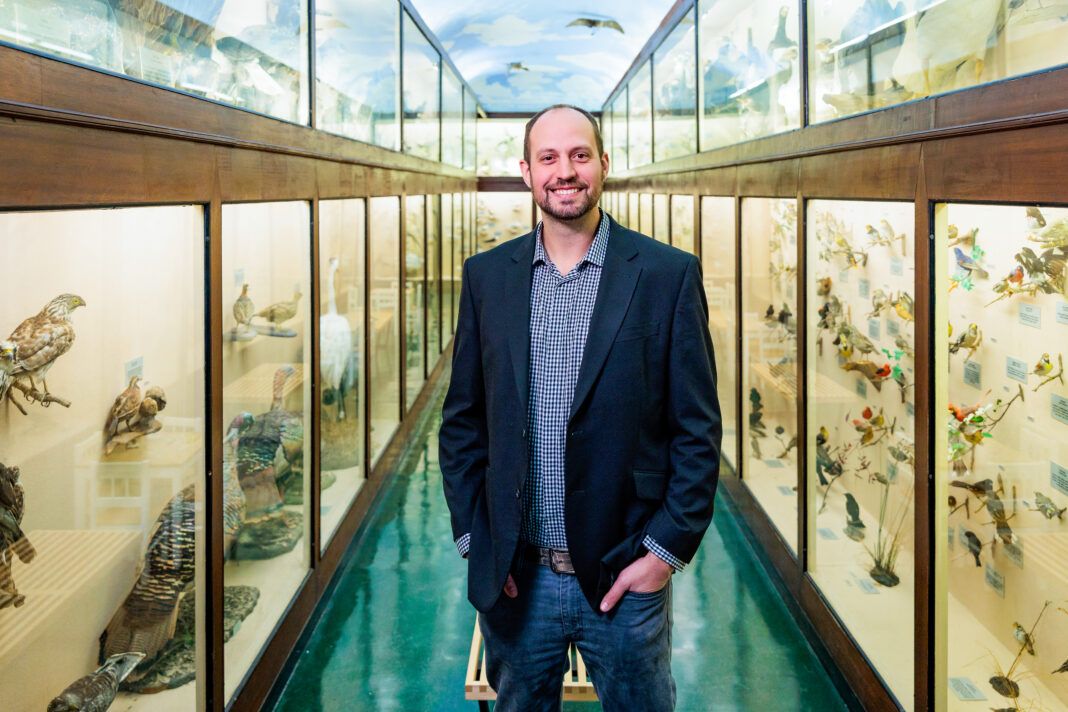For the Birds: A look into the collection of the LSU Museum of Natural Science
For more than half a century, Murphy J. Foster Hall has served as the home of the LSU Museum of Natural Science. The hidden gem features breathtaking displays of expertly preserved specimens that include Mike I, two polar bears, countless insects, impeccably detailed hand-painted dioramas and the most complete mastodon fossil found in Louisiana. Most tours conclude in the Hall of Louisiana Birds, a stunning exhibit of the diverse avian life that calls Sportsman’s Paradise home. Yet, for those lucky enough to peek beyond the double doors marked with a prominent “no public access” sign, the real marvel awaits.
Here, and continued on the second floor, rows upon rows of filing cabinets hold roughly a quarter million bird specimens spanning continents and centuries. It is the third largest university-affiliated collection in the United States, surpassed only by Michigan State University and Harvard University, says Dr. Nicholas Mason, bird curator for the museum and assistant professor of ornithology at LSU.
Researchers, graduate students and professors work with the collection for research focusing on understanding birds’ evolutionary history and biodiversity. Since the 1960s, LSU researchers have made significant scientific contributions, including discovering and describing 45 new bird species. “That’s a lot, especially for birds, which are the most well-studied group of vertebrates, I would argue,” Mason says.
Most of these discoveries and specimens are thanks to decades of LSU’s annual field expeditions to Peru, Bolivia and the Andes Mountains, where the bird population density is the highest in the world. The collection has also expanded thanks to donations from private citizens and researchers and the closure of similar institutions. For example, many of the oldest specimens were acquired after Tulane’s repository closed.
“We don’t collect them just to amass a collection,” Mason explains, holding up the skin of an emperor penguin. “But each of these specimens provides us with a lot of data, including when and where they were collected, who collected them, and in some cases, even the contents of their stomach.” Data that, along with in-depth research, reveals where birds have been as a species and where they are headed, evolutionarily, offering profound insights into the natural world and deepening our understanding of the planet we call home.












